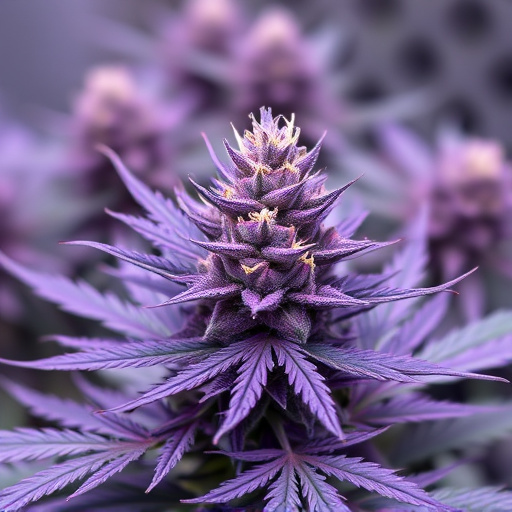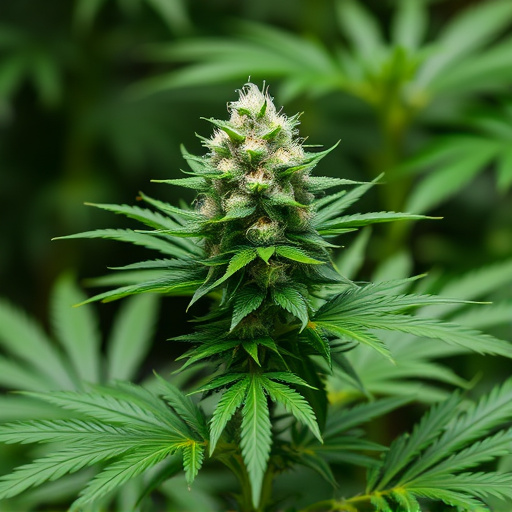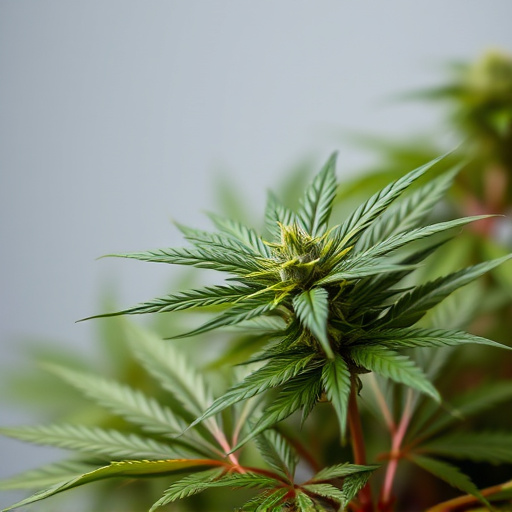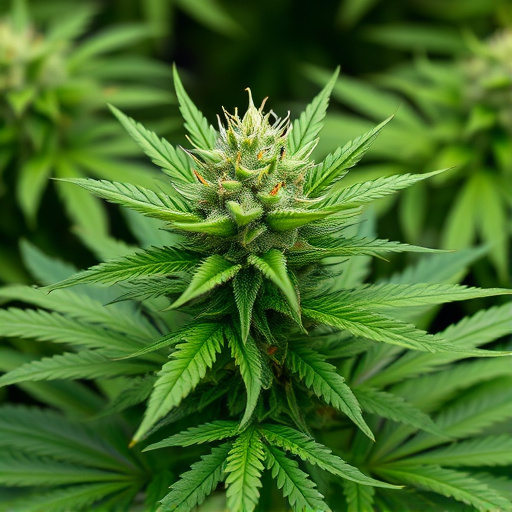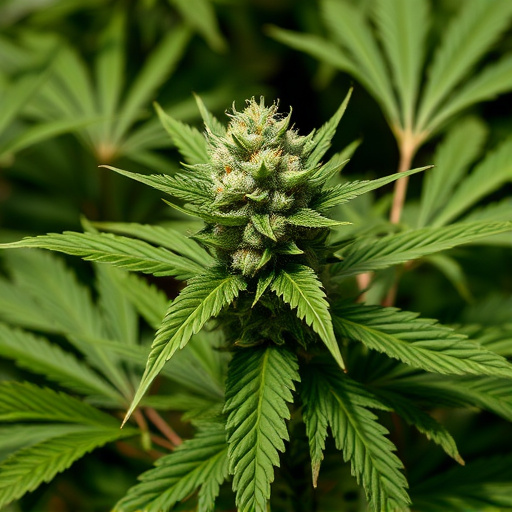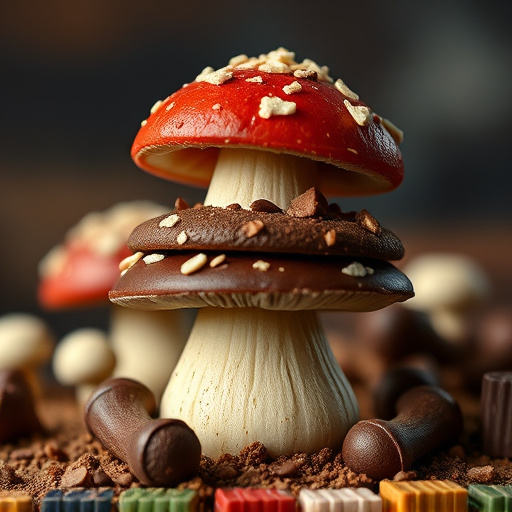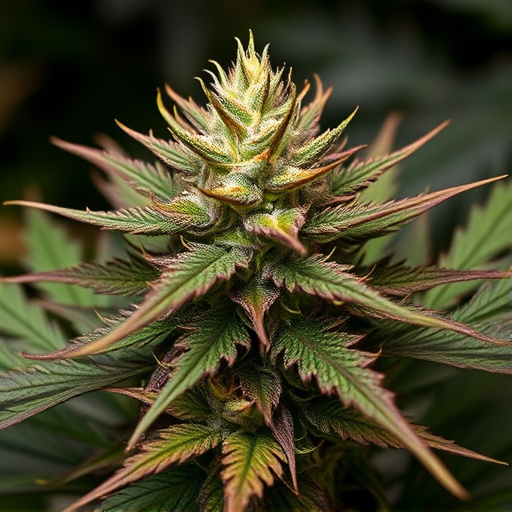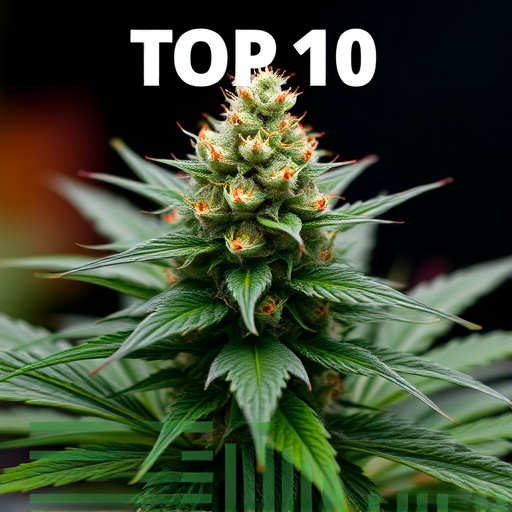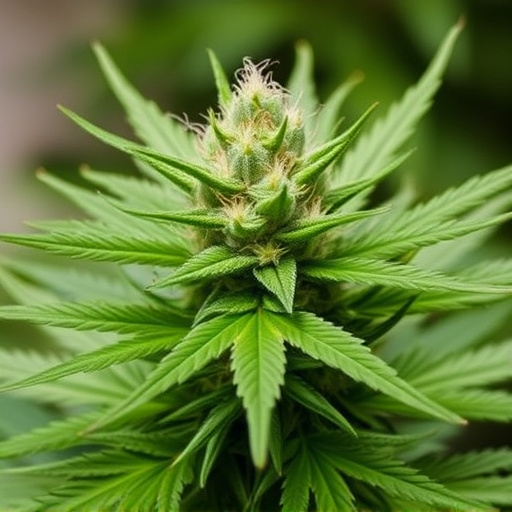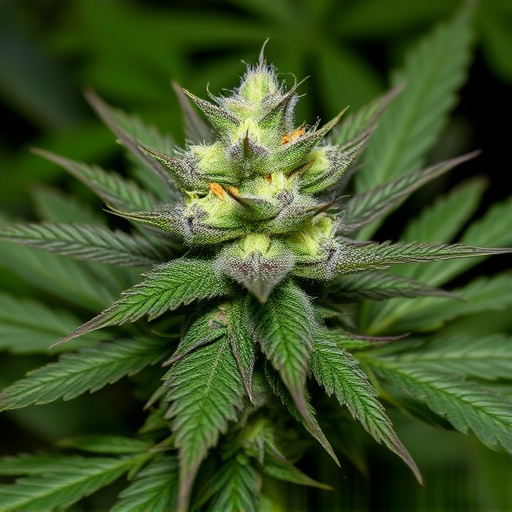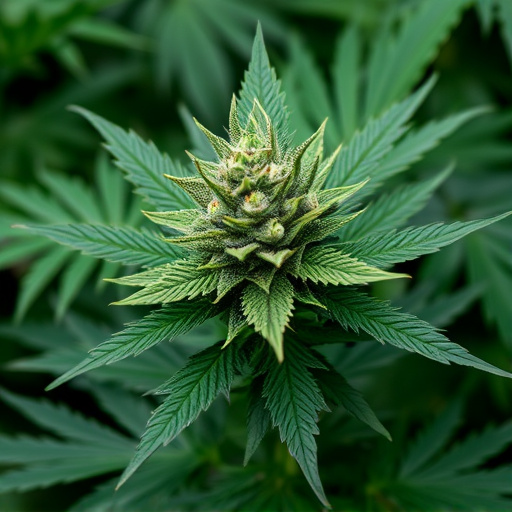The environment profoundly impacts the flavor, aroma, and therapeutic effects of cannabis through terpene content. Temperature, humidity, light, and growth duration affect terpene profiles, with each terpene having specific environmental preferences. Cultivators meticulously control conditions to produce top 10 strains of cannabis known for their unique terpene combinations, like Blue Dream's citrusy notes or Granddaddy Purple's lavender scents. Understanding these relationships is vital for cultivating high-quality cannabis that caters to diverse consumer preferences.
The growing environment plays a pivotal role in shaping the quality, flavor, and potency of cannabis. From the moment a seed germinates until harvest, various factors influence its development. This article explores the intricate relationship between growing conditions and cannabis production, delving into the science behind terpenes, soil health, water and nutrient management, light spectrum, climate, and seasonality. By understanding these elements, cultivators can cultivate top-tier cannabis, including the renowned top 10 strains known for their unique terpene profiles.
- The Impact of Growing Conditions on Cannabis Terpenes and Flavors
- – How environment influences terpene profiles
- – Examples of strains known for specific terpene characteristics
The Impact of Growing Conditions on Cannabis Terpenes and Flavors
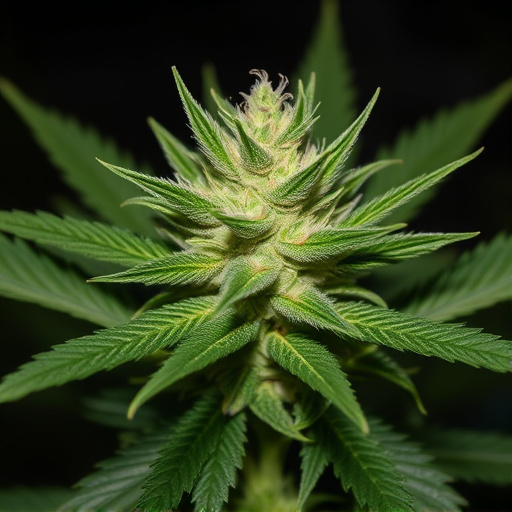
The growing environment plays a pivotal role in shaping the distinctive flavors and terpenes found in cannabis plants, which are responsible for the diverse aromas and effects associated with different strains. Terpenes, a class of aromatic compounds, contribute significantly to the unique character of each cannabis variety, influencing both its scent and potential therapeutic benefits. For instance, some terpenes may impart citrusy or floral notes, while others offer earthy or spicy nuances.
Optimal growing conditions, including temperature, humidity, light intensity, and duration, can enhance the natural production of these volatile compounds. Studies suggest that cannabis plants exposed to specific environmental stimuli often express more complex terpene profiles. As such, cultivators aiming to produce top 10 strains of cannabis focus on creating ideal growing environments to ensure their products offer consumers a wide range of flavors and potential medicinal properties.
– How environment influences terpene profiles
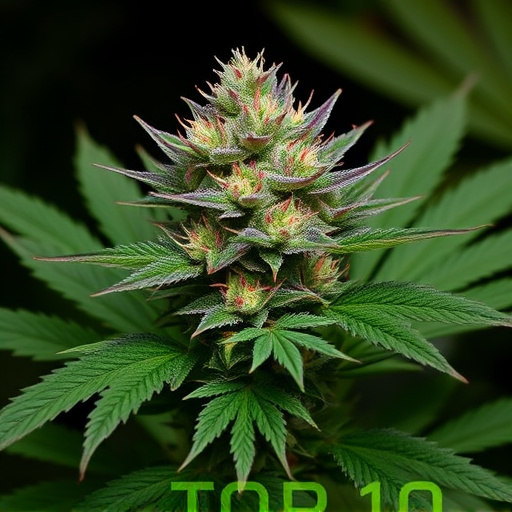
The growing environment plays a pivotal role in shaping the unique terpene profiles of cannabis plants, contributing to the diverse aromas and effects associated with different strains. Terpenes, aromatic compounds produced by cannabis, are highly sensitive to external factors such as temperature, light exposure, humidity, and soil composition. These environmental variables can significantly alter the synthesis and accumulation of terpenes in the plant’s resinous glands.
For instance, certain terpenes like myrcene, known for its earthy and fruity notes, tend to thrive in warmer climates, while others like limonene, characterized by its citrusy aroma, often flourish in brighter, more temperate conditions. Interestingly, some top 10 strains of cannabis are renowned for their distinct terpene combinations, offering a range of experiences from relaxing and sedative to uplifting and energetic. Understanding these environmental-terpene connections is key to cultivating high-quality cannabis with desired attributes, catering to the diverse preferences of consumers in today’s market.
– Examples of strains known for specific terpene characteristics
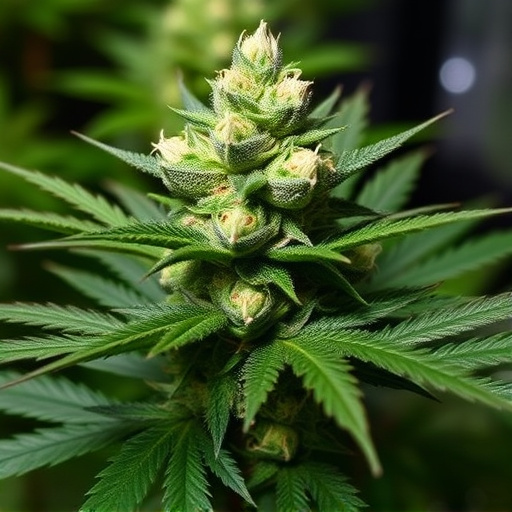
Cannabis enthusiasts and growers alike are well-versed in the impact of growing conditions on the final product’s quality and terpene profile. Terpenes, aromatic compounds responsible for the distinct flavors and aromas of cannabis strains, are highly sensitive to environmental factors such as temperature, light, and humidity. Understanding these connections allows cultivators to manipulate their growing environment to produce desired terpene characteristics in their crops.
Among the top 10 strains of cannabis renowned for their unique terpene profiles, we find Sativa varieties like Blue Dream, celebrated for its balanced mix of myrcene, limonene, and pinene, offering a refreshing citrusy aroma. In contrast, Indica hybrids such as Granddaddy Purple are known for high levels of linalool and benzyl ketone, contributing to their soothing lavender-like scent. These examples demonstrate how specific growing conditions can enhance or alter these terpene expressions, ultimately shaping the sensory experience of cannabis consumers.
In conclusion, the growing environment plays a pivotal role in shaping the quality and characteristics of cannabis. The intricate relationship between climate, soil, and cultivation techniques directly impacts terpene profiles, flavor notes, and overall plant health. Understanding these influences allows cultivators to curate unique strains and cater to diverse consumer preferences. Among the top 10 strains of cannabis, specific examples showcase how environmental factors can bestow distinct aromatic and flavorful profiles, making each strain a testament to the art of cultivation.
